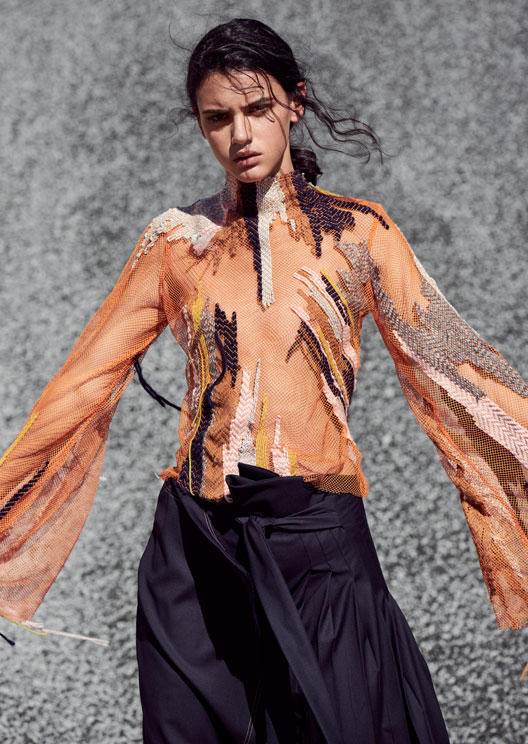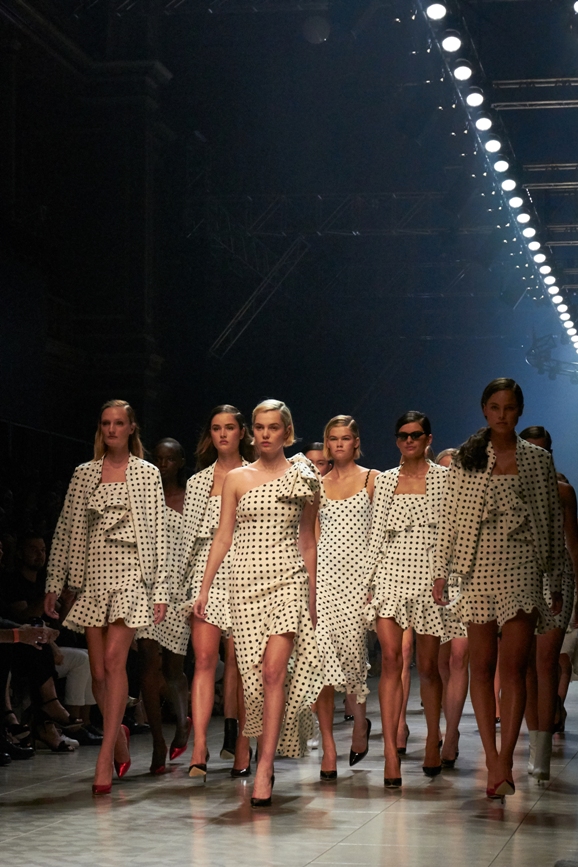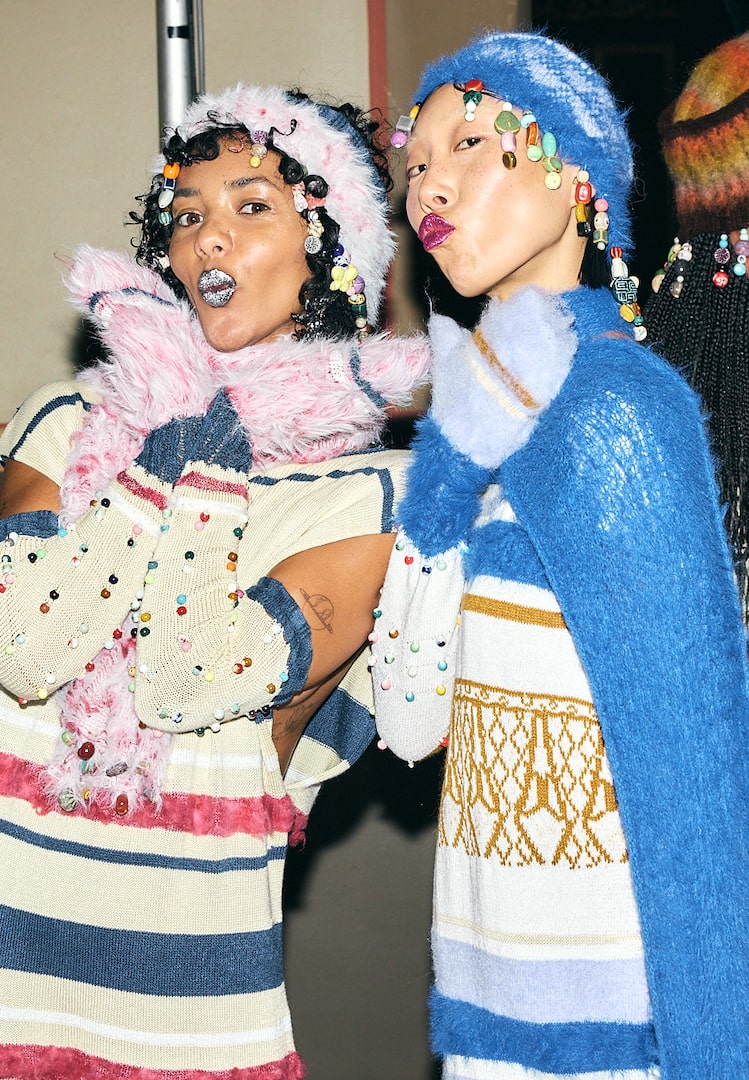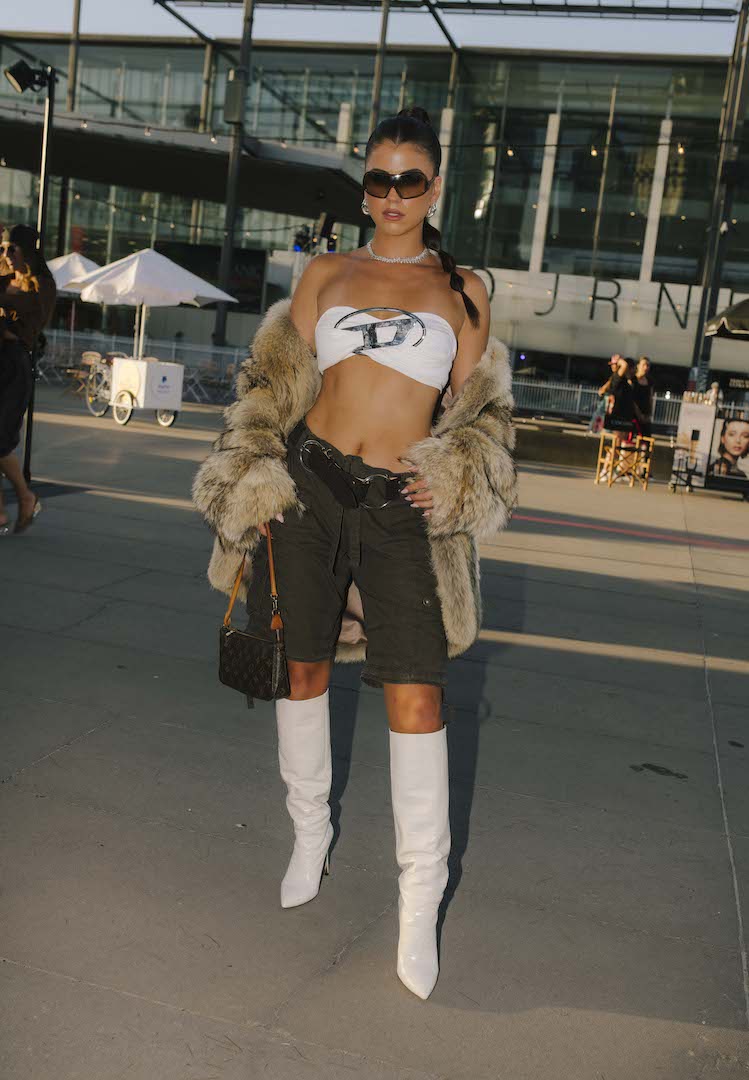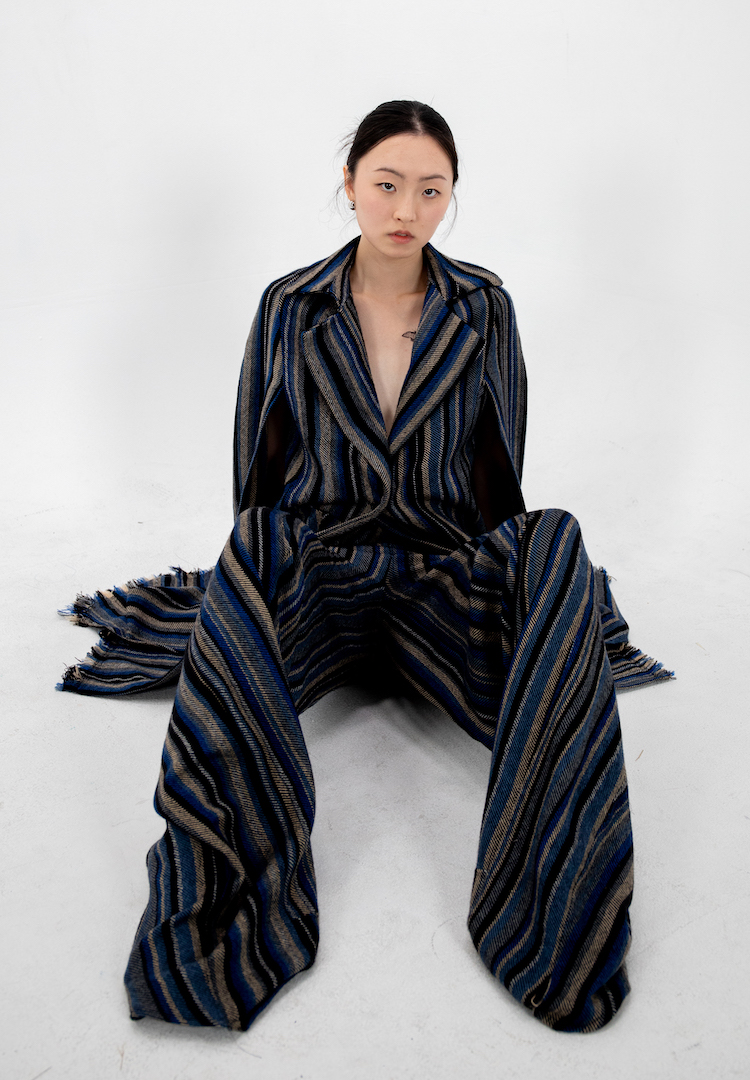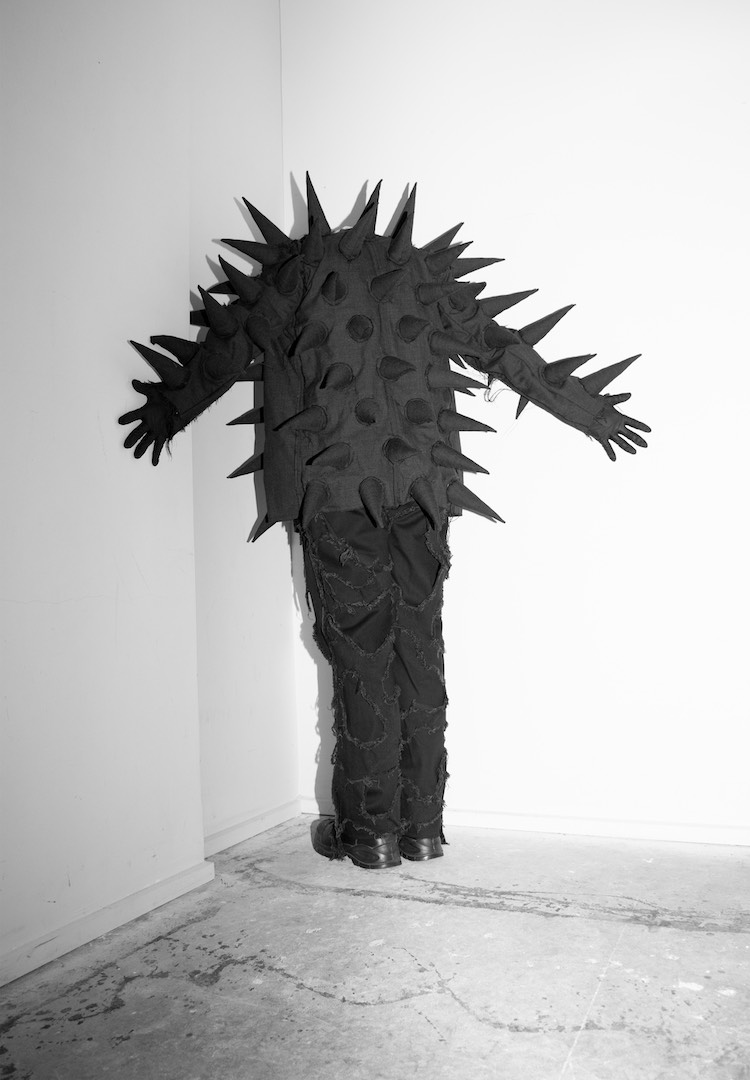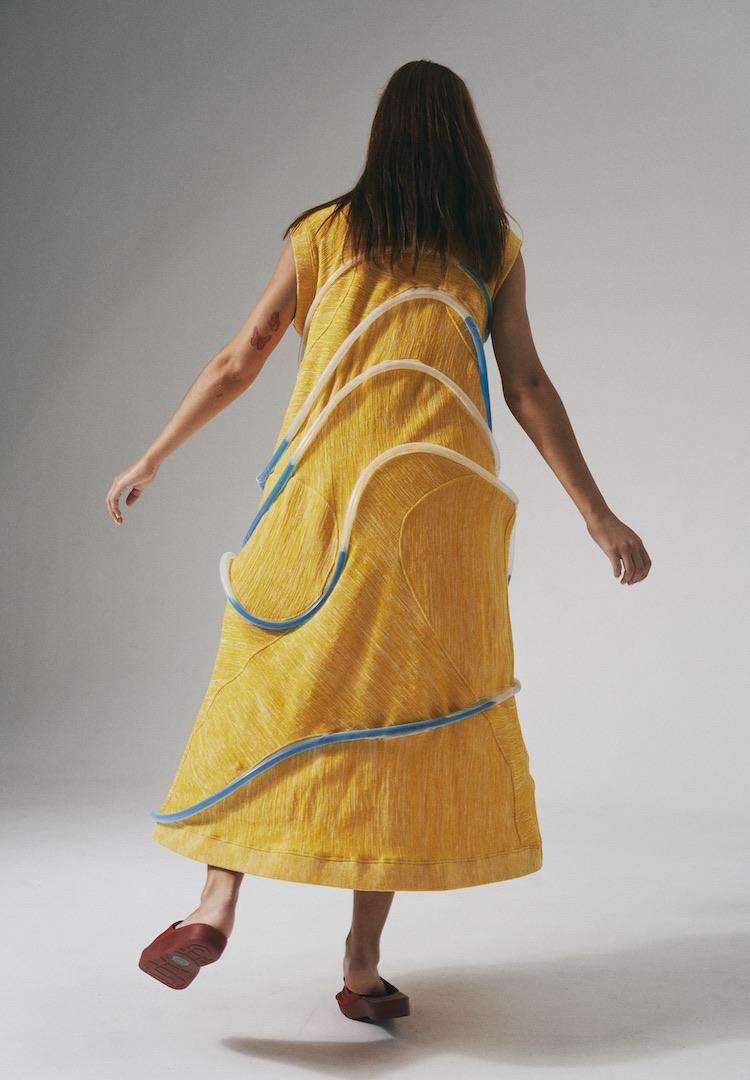Next gen designers: Rachael O’Brien

Images via Rachael O’Brien
Cream of the crop.
The Virgin Australia Melbourne Fashion Festival is upon us, and once again the country’s best graduate designers are ready to put on a great show.
The National Graduate Showcase brings together the shining stars from all of Australia’s top tertiary institutions. Supported by Target and Fashion Journal, this year you can catch it on March 9 at the Royal Exhibition Building. Tickets are available here.
Ahead of the show, we thought you might like a look at this year’s batch of designers.
Meet Rachael O’Brien from University of Technology Sydney.
In 2015 you worked with traditional artists in India, can you tell us about that?
Working with embroidery and beading artisans in India was such an incredible experience. I went as part of a Global Studio with UTS and we spent one week working with traditional artisans and one week working with contemporary artisans.
The entire process was fascinating, from sourcing fabrics, beads and embroidery threads in the chaotic markets, to observing the artisans at work and the skill and speed at which they could produce incredible, one-off textile pieces… The trip was a massive eye-opener.
It was my first experience of collaborating on an international scale and observing the level of skill and labour that exists within traditional crafts.
Can you briefly describe your collection?
With a large focus on unconventional proportions and garments that wrap, fold and tie to secure on the body, my collection features trousers, tops, a dress and a skirt. It revolves around a variety of textiles, forms and colours.
To create the collection, I began by deconstructing traditional garments and draping them on the stand to reveal new forms and features. Using large expanses of netting, I began to intricately weave into the base fabrication before draping it on the stand to reveal and conceal different areas of the body and explore colour, scale and proportion.
What inspired you?
Before commencing honours year, I discovered a book curated by photographer Benjamin Grant that featured images taken using satellite technology. The photographs beautifully captured the intricacy of our planet and the way in which human impact has shaped, strengthened and destroyed the earth.
As I began to look beyond the rich visual impact of these photographs I realised that each image conveyed insight into the functions, connections and flaws of the systems we’ve constructed. This left me thinking that if these visual images can be used to educate global audiences surrounding important issues, why couldn’t fashion do the same?
What materials did you work with?
I wanted to explore sustainable materials that had a rich visual presence. The deconstructed, tailored pieces were made from 100 per cent wool and 100 per cent cotton fabrics.
When sourcing netted fabrics of varying densities and colours, I used cotton, polyester and nylon nets that were woven with a combination of wool, cotton and novelty yarns.
Have you used any sustainable methods in your collection?
When developing my collection, I used old blazers, trench coats and trousers sourced from second-hand stores to create initial garment ideas and eliminate excess patternmaking and toiling. Throughout the design process, I continued to use these drapes and existing garment toiles to re-drape and develop new silhouettes. Not only did this create a level of cohesion across my collection but allowed me to minimise waste.
Many of the yarns I used for weaving were excess stock sourced from Love + Hope knitting factory in Hong Kong. This is a community-based, sustainable factory looking to employ local workers and foster young artists and designers. The ability to visit them and purchase excess stock contributed to the personal and unique development of my collection.
What’s the hero piece?
I have designed the collection so that each piece is a hero in its own right. From the simple detailing of the vented, checked trousers to the intricate weaving and dramatic drape of the tan skirt. However, I do think the orange netted top embodies the vibrancy, sophistication and unconventional approach to proportion that exists within my collection.
If you could design an outfit for anyone, who would it be?
Emma Watson. Her work as a women’s rights activist and sustainable fashion advocate and her influential presence continue to inspire me.
What’s next after VAMFF?
I want to continue showcasing my collection, designing, creating and collaborating within the industry. Right now, I’m loving having the opportunity to work with so many incredible people and I’d love to travel and work both nationally and internationally to gain industry insight, contacts and experience.
Where do you see yourself in five years?
In five years, I would love to be building something of my own. To combine research into sustainable and ethical production and consumption with producing my own collection would be incredible.


